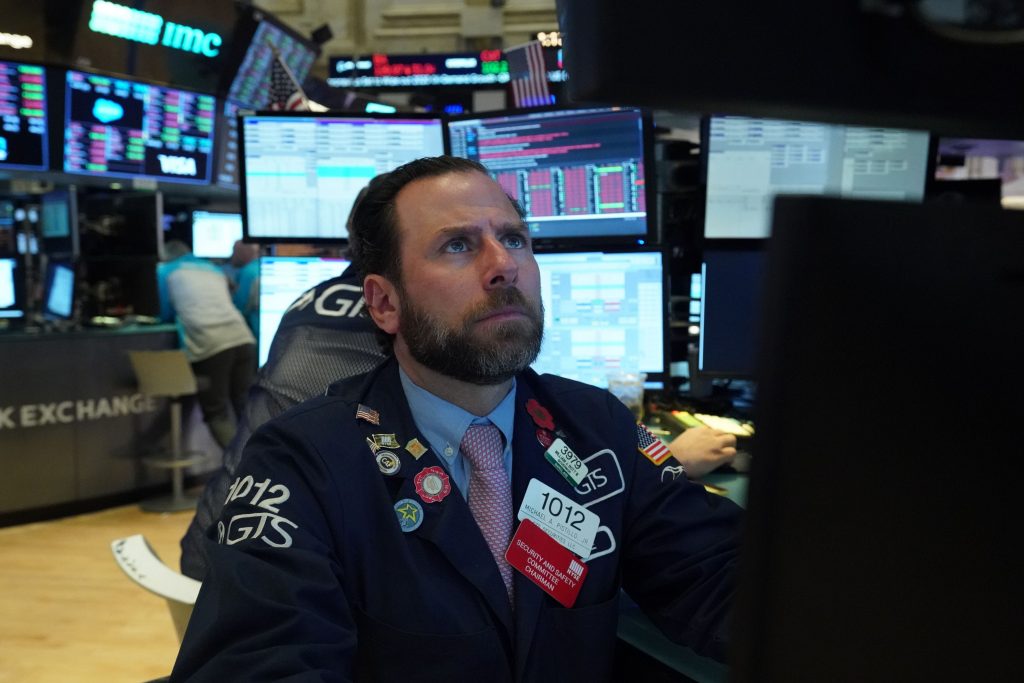- Stocks have thrived in a favorable backdrop, strategists noted at Schwab’s mid-year market outlook.
- Microbubbles have popped up so far in 2021, and conditions are ripe for a bubble in the next year.
- One strategist outlined two trends to watch and what to avoid as the global recovery continues.
Market leadership seesawed in the first half of the year as growth stocks, which soared in 2020 thanks to the stay-at-home economy, and value stocks, which took off after safe and effective COVID-19 vaccines were announced last November, traded runs of outperformance.
That’s one of many takeaways from the Schwab Center for Financial Research’s annual mid-year market and economic outlook call on June 24. The event’s speakers were Liz Ann Sonders, chief investment strategist; Jeffrey Kleintop, chief global investment strategist; and Kathy Jones, chief fixed income strategist.
Stocks have thrived in a low interest rate environment that spurred consumption, as well as investment in risk assets. Earnings growth is likely peaking now as stocks crush unusually low year-over-year comps coming off a miserable second quarter 2020, Sonders said.
It’s not hard to find froth, particularly in special-purpose acquisition companies (SPACs), cryptocurrencies, non-profitable technology firms, and “meme” stocks like GameStop and AMC Entertainment, Sonders said, adding that it shouldn’t be a warning sign for the broader market.
“For now, we’ve been able to prick some microbubbles without damage to the overall market,” Sonders said.
Robust earnings growth invalidates comparisons of this market to the tech bubble of 2000, where stock valuations were divorced from underlying fundamentals, Sonders added. She noted that many stocks' price-to-earnings ratios have fallen as earnings, the denominator, have grown.
But conditions are right for the start of a bubble in the next 12 to 18 months, Kleintop said, thanks to "extremely stimulative" fiscal and monetary policy as well as high investor confidence.
Such a bubble would present an opportunity for investors to capitalize, so long as they aren't the last ones holding the bag when it bursts. One sector to watch is green infrastructure, Kleintop said, noting that companies in the space could benefit from "enormous" proposed government spending in the US, China, and Europe.
Alternative energy stocks screamed higher leading up to the 2020 presidential election, but a rotation back to value-focused traditional energy companies has weighed on green energy stocks.
European stocks also provide opportunity, Kleintop said, noting that they've beaten their US counterparts since safe, effective vaccines were announced. The world economy is shifting from a recovery to a new expansion, and global equities have greater exposure to the energy and financials sectors compared to US stocks, which tend to be healthcare and tech-heavy.
Europe's Stoxx 600 index has fetched a return of 27.6% since early November and is up 14.2% year-to-date, compared to gains of 26% and 14.4% for the S&P 500, respectively.
More gains for European stocks are likely, Kleintop said, noting that the Stoxx 600's move higher came even as Europe's vaccination program has lagged that of the US. Unleashed pent-up demand and more stimulus are two more reasons to be bullish on European stocks.
What about inflation?
Inflation remains at the top of investors' minds as data on supply-chain bottlenecks and commodity prices crystallize, indicating whether price surges will be transitory or long-lasting.
Continually strong growth in 2021 has led to upward pricing pressure, but the pace is moderating, Jones said. This decelerating inflation will likely stave off premature monetary policy changes from the Federal Reserve, Kleintop added, especially as sky-high commodity prices tumble back to earth.
Investors should expect the Fed to start tapering bond purchases in Q4 and raise interest rates in the second quarter of 2022, Jones said. That's earlier than many anticipate but in line with recent comments from Raphael Bostic, president of the Federal Reserve Bank of Atlanta, who made waves Wednesday by saying rate hikes could come in late 2022.
Real yields are currently too low and have room to rise higher, Jones said, adding that Schwab now expects yields on the 10-year Treasury note to hit 2% by year's end. The firm entered the year forecasting a 1.6% yield but readjusted after the vaccine rollout went seamlessly, and after Congress passed a fiscal stimulus package that was roughly double the size of prior expectations.
Fixed-income investors should target short-duration bonds and avoid cash, Jones said. Yields will likely peak toward the end of the year before the Fed lifts short-term rates, she added, as much of the recovery has been priced into bonds.
The panelists agreed that the biggest risks to stocks, both globally and domestically, include runaway inflation, a global coronavirus resurgence this winter from low vaccination rates and new mutations, and policy mistakes from the Fed.
